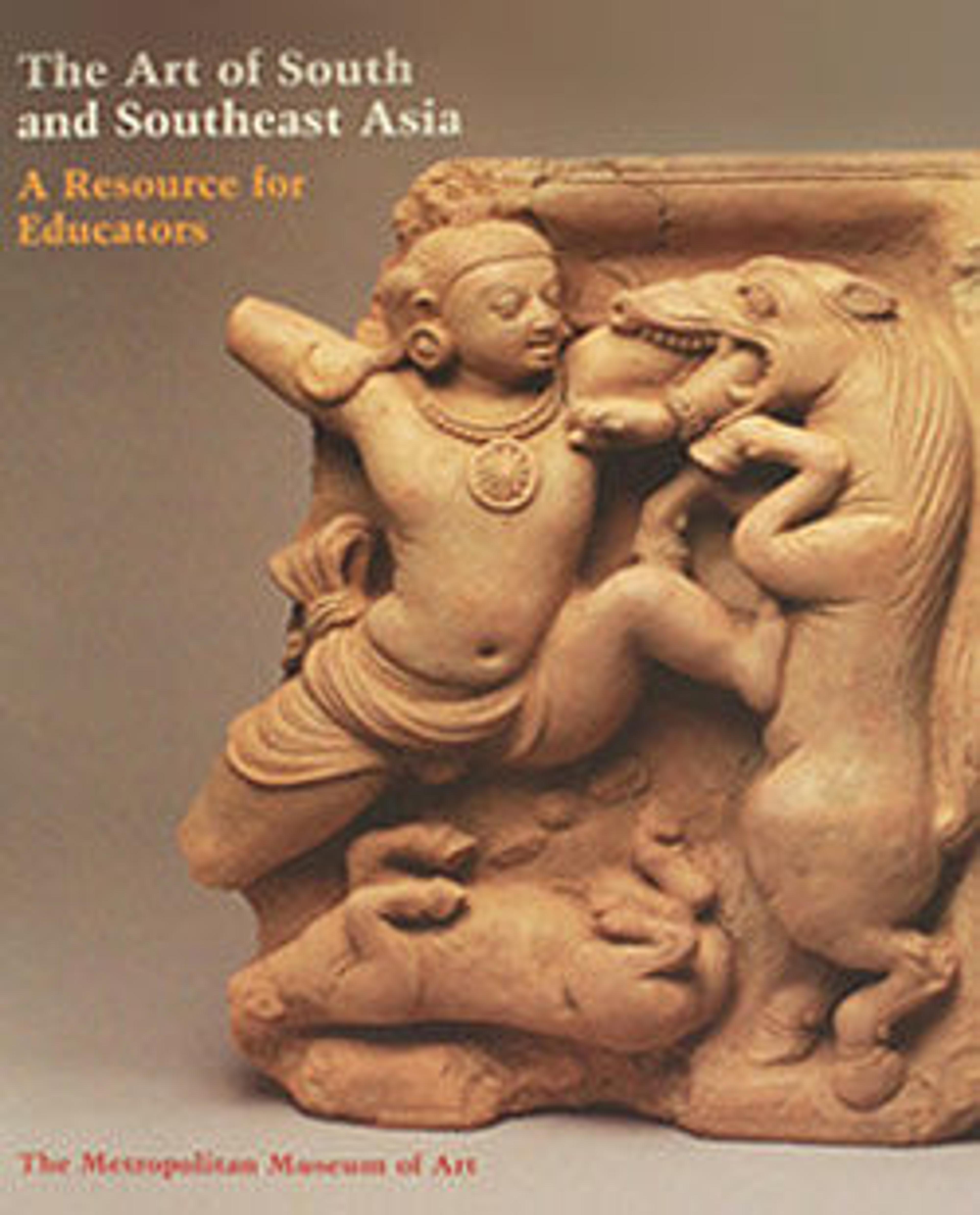Pierced Window Screen (Jali)
Artwork Details
- Title: Pierced Window Screen (Jali)
- Date: second half 16th century
- Geography: Probably made in India, Agra
- Medium: Red sandstone; pierced, carved
- Dimensions: H. 73 1/4 in. (186 cm)
W. 51 3/4 in. (131.4 cm)
D. 3 9/16 in. (9 cm)
Wt. 780 lbs in crate (353.8 kg) - Classification: Stone
- Credit Line: Rogers Fund, 1993
- Object Number: 1993.67.1
- Curatorial Department: Islamic Art
Audio
6728. Two Pierced Screens
NAVINA HAIDAR: One of the most distinctive and appealing features of Mughal architecture are the large-scale screens, window screens… which are known as jalis. And there are all kinds of jalis that you see in Mughal architecture. There are floral ones, there are vegetal ones. And the ones that we're looking at here today at the Met… are fantastic geometric ones, which are done in a style characteristic of the late 16th century, and made in red sandstone, which was a favorite building material of the Mughal emperors in this period. So these screens incorporate a wonderful and complex and yet very readable pattern of stars and hexagons and overlapping and interlocked geometric forms, to create a pierced surface through which light would have fallen on the floor in the same patterns. And that is what the beauty of the jali really is; that not only is it a surface which is wonderful to look at in its own right, but it has an effect on the architecture around it by creating patterns… on the floor. They are made of single pieces of stone and require virtuosic carving and cutting skills on the part of the craftsman. And a single mistake would render the whole thing unusable. So therefore the level of skill and craftsmanship is quite extraordinary in the making of these screens.
Listen to more about this artwork
More Artwork
Research Resources
The Met provides unparalleled resources for research and welcomes an international community of students and scholars. The Met's Open Access API is where creators and researchers can connect to the The Met collection. Open Access data and public domain images are available for unrestricted commercial and noncommercial use without permission or fee.
To request images under copyright and other restrictions, please use this Image Request form.
Feedback
We continue to research and examine historical and cultural context for objects in The Met collection. If you have comments or questions about this object record, please contact us using the form below. The Museum looks forward to receiving your comments.
